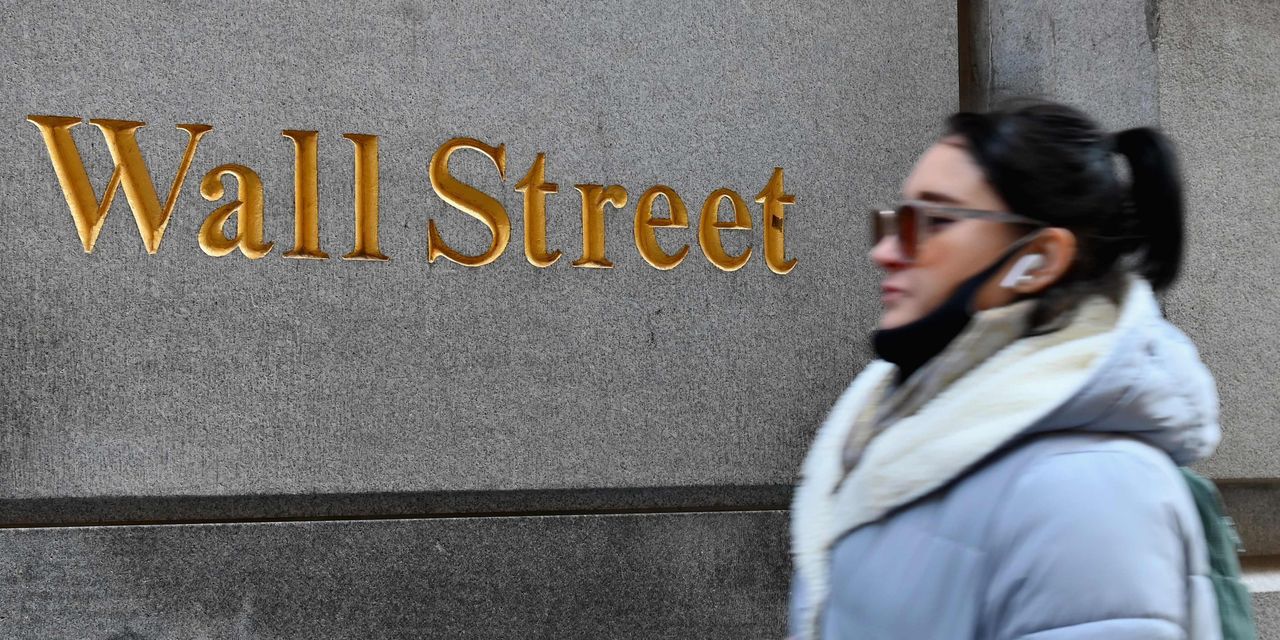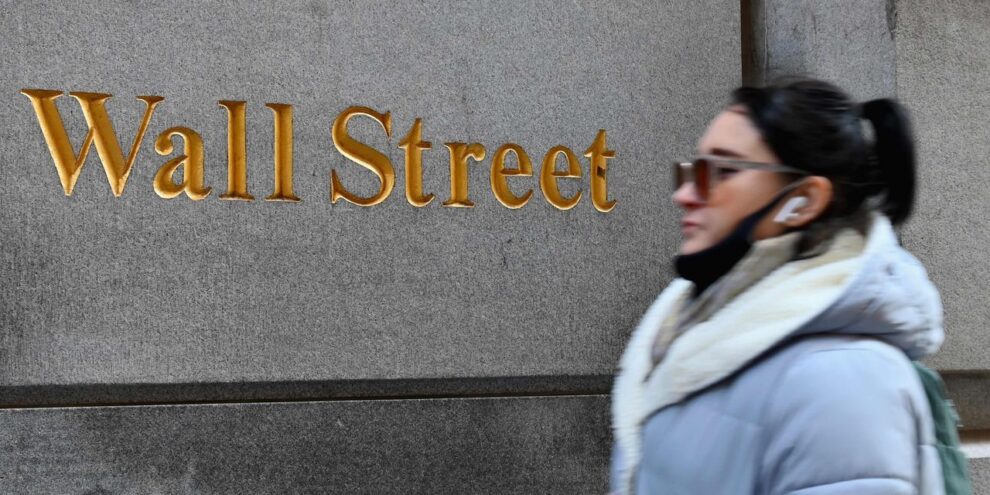
U.S. stock benchmarks gave up early gains Thursday, but were on pace to set another round of records as investors pondered President Biden’s prospects for combating the COVID-19 pandemic and boosting economic recovery with his legislative agenda.
How are stock benchmarks performing?
- The Dow Jones Industrial Average DJIA, +0.16% rose 34 points, or 0.1%, to 31,223, after hitting an intraday record peak at 31,272.22.
- The S&P 500 index SPX, +0.19% was up 6 points, or less than 0.2%, at around 3,858.
- The Nasdaq Composite Index COMP, +0.60% climbed 77 points, or 0.6%, to reach 13,535, setting an intraday record at 13,544.47.
On Wednesday, the Dow, the Nasdaq Composite the S&P 500 and the small-capitalization Russell 2000 index RUT, -0.59% closed at record highs.
What’s driving the market?
U.S. equity markets extended their rise amid the prospects of greater fiscal aid to tackle the economic damage from COVID-19 and better strategies under Biden for vaccinating Americans at a more rapid clip to limit the spread of the pandemic.
The U.S. has the highest reported death toll at 46,162, or about a fifth of the global total. The country added at least 184,453 new cases on Wednesday according to a New York Times tracker, and counted at least 4,357 deaths.
In his first full day of his presidency, Biden is signing 10 executive orders, in addition to more than dozen signed a day ago. He also is expected to invoke the Defense Production act to accelerate the manufacturing and delivery of personal protective equipment, including N95 masks, gowns, swabs, rapid test kits and all material needed to deliver vaccines.
See: All of President Biden’s key executive orders — in one chart
Investors also remain focused on the 46th president’s proposed $1.9 trillion COVID relief package, a day after he took office. It is unclear that he will be able to get his bill through Congress in its current form without amendments.
Optimism surrounding equities has largely rested on anticipation of further funds to rebuild the economy and on the hope that Biden will be able to mend political divisions that widened during the past four years.
“The new U.S. President will try to heal domestic issues with respect to economic and social divisions. In addition to that, his handling of international relationships is likely to be much more tactful than his predecessor Mr. Trump,” wrote David Madden, market analyst at CMC Markets UK, in a daily research note.
Meanwhile, market participants were taking in the European Central Bank latest policy statement, which made no changes to interest rates or its asset-buying program after moving last month to bolster its efforts to support the eurozone economy.
ECB President Christine Lagarde said at a press conference that she is “monitoring very carefully exchange rates,” referring to the strength of the euro EURUSD, +0.43% against its counterparts which can undercut the central bank’s accommodative policies.
In U.S. economic reports, weekly jobless benefit claims dropped 26,000 to 900,000 in mid-January, but remain elevated.
“Jobless claims came in a little better than expected but still pretty dour in the grand scheme of things, and will likely fuel the stimulus efforts underway in the beltway,” wrote Mike Loewengart, managing director, at E*TRADE Financial.
“We’ve seen the market brush off weakness in the labor market before, and with a lot of sweeping changes in the last 24 hours, there’s plenty for the market to digest,” the strategist said.
Meanwhile, U.S. home builders started construction on homes at a seasonally adjusted annual rate of 1.67 million in December, representing a 5.8% increase from the previous month’s figure, the U.S. Census Bureau reported Thursday.
“While production constraints will continue to weigh on starts, we are relatively upbeat about the outlook this year,” wrote Sam Hall, a property economist at Capital Economics, in a Thursday note.
Separately, the Philadelphia Fed Manufacturing Index, a reading of business activity in the Federal Reserve district, rose to 26.5 in January from 9.1 in the prior month.
Which stocks are in focus?
Alcoa Corp. AA, -11.38% shares fell 12% after the aluminum company’s quarterly results topped Wall Street expectations but it warned that performance could worsen should its markets not recover.
United Airlines Holdings Inc.’s stock UAL, -5.04% slid 5% after posting large losses in the fourth-quarter in results reported last Wednesday.
Alaska Air Group Inc. ALK, -1.43% disclosed Thursday that it will receive $533 million after it reached agreement last week with the U.S. Treasury on an extension of the Payroll Support Program (PSP). Its shares were down 1.6%.
Shares of PayPal Holdings Inc. PYPL, +2.03% are up 2.4% after BTIG analyst Mark Palmer upgraded the stock to buy from neutral, citing traction for the company’s cryptocurrency platform.
Shares of Celsion Corp. CLSN, +36.47% shot up 39%, putting the cancer-drug development company on track to more than double in two days.
How are other markets faring?
- The yield on the 10-year Treasury note TMUBMUSD10Y, 1.104% edged 1.7 basis points higher to 1.107% as investors expect more reflation. Yields and bond prices move in opposite directions.
- The ICE U.S. Dollar Index DXY, -0.36%, a measure of the currency against a basket of six major rivals, was down 0.3%.
- Oil futures traded lower, with the U.S. benchmark CL.1, -0.19% 1 moving 0.4% lower at $53.11 a barrel on stimulus expectations. Gold futures eased off a two-week high, with the February contract GCG21, +0.07% falling 60 cents, or less than 0.1%, to settle at $1,865.90 an ounce.
- In Europe, the Stoxx 600 Europe index SXXP, +0.01% ended flat, while London’s FTSE 100 UKX, -0.37% fell 0.4%.
- In Asian trade, the Shanghai Composite SHCOMP, +1.07% rose 1.1%, China’s CSI 300 000300, +1.62% closed up 1.6%, while Hong Kong’s Hang Seng Index HSI, -0.12% slipped 0.1% lower and Japan’s Nikkei 225 NIK, +0.82% closed 0.8% higher.






